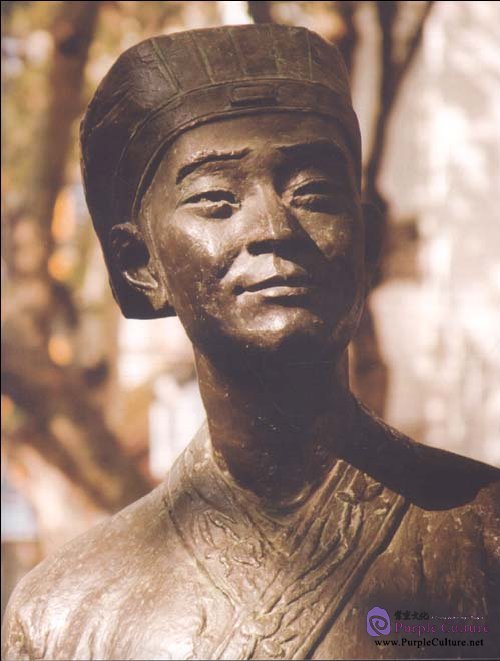Sample Pages Preview


Silk production bases began to emerge in several areas of China. Around 400 AD, by utilizing the water of the Oinhuai River, Nanjing was estabUshed as the center for silk brocade manufacture. Craftsmen found that the water from the Oinhuai River served as a better dye water than other water sources, colors were brighter and lasted longer. Silk brocade production reached its zenith in the Ming Dynasty when the capital was once again restored to Nanjing. The large looms were running day and night to output garments, imperial robes, hnens and display pieces for the emperor and his court.
Even after power shifted in the following 0ing Dynasty and the capital was relocated out of Nanjing, the city's fortune was secured by the high quality and high price their silk brocade commanded. The imperial courts still continued to have their own personal garments made in Nanjing and as the empire grew so did the amount of noblemen. The silk was being exported in greater amounts and was highly prized over many of the other silk offerings. Artisans and craftsmen created more varieties and expanded on designs and pushed techniques to furthershow the quality of Nanjing brocade.
As history progressed and the status of the empire waned Nanjing brocade was the only style of silk production to survive and even that was a struggle in more recent history. The giant looms were nearly all but lost due to wars and poverty along with the artisans whose skills were required to continue the traditions. However, the quality of Nanjing brocade and the yearning for fine silk garments have not been lost and the unique technique has become one of world's intangible cultural heritages in.

